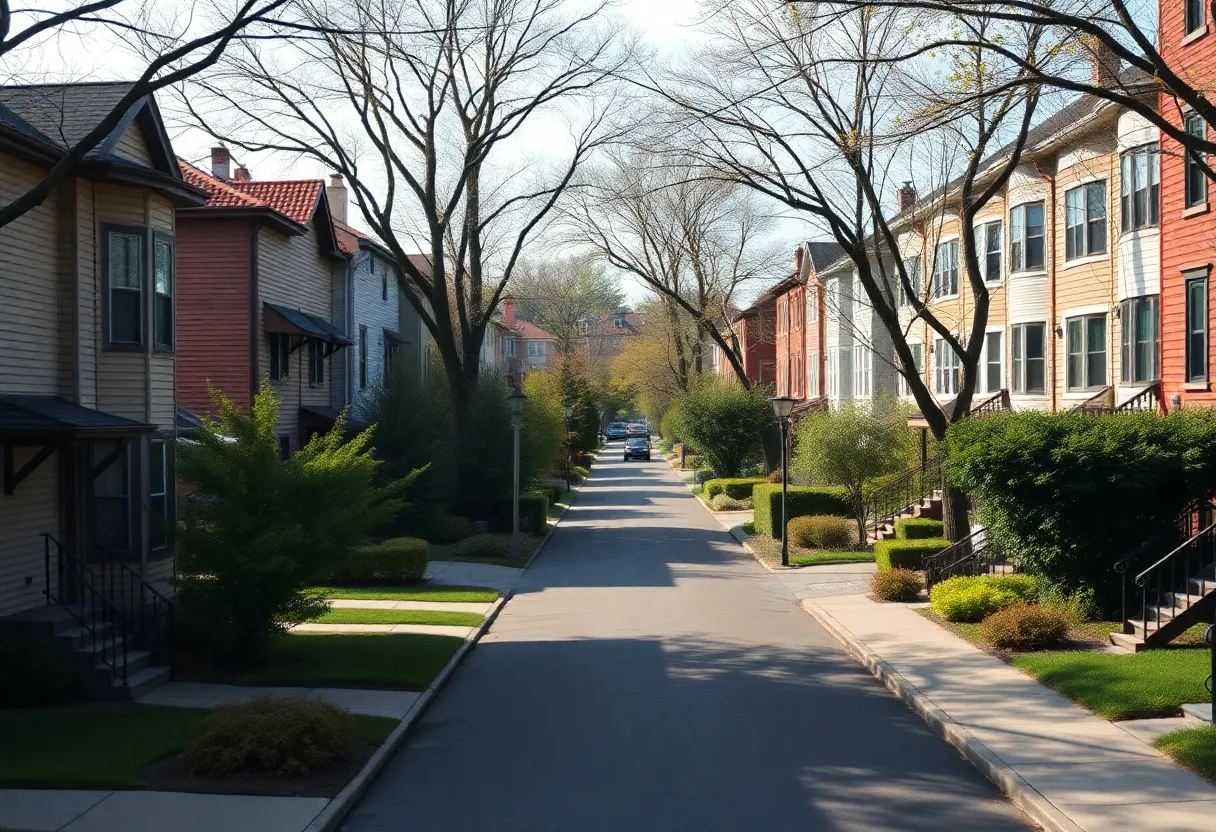10 Essential Tips for Evaluating Property Locations Before Making Your Home Purchase
Introduction
Choosing the right location is paramount when purchasing a home. The foundation of a valuable property investment hinges on strategic location assessment. This process requires meticulous research and objective evaluation of various factors that influence the property’s long-term viability, comfort, and appreciation potential. Below are 10 essential tips designed to guide prospective homeowners through a comprehensive location analysis, ensuring informed decision-making.
1. Analyze Neighborhood Safety and Crime Rates
Assessing Security Levels
The safety of a neighborhood significantly impacts your quality of life and property value. Prior to purchase, obtain recent crime statistics and patterns in the area. Focus on incidents such as theft, assault, vandalism, and property crimes. A low-crime neighborhood not only offers peace of mind but also tends to sustain or increase property values over time.
Research Methods
Consult local law enforcement reports, community forums, and neighborhood watch programs. Physical inspection during different times of the day can reveal insights into the area’s safety dynamics, such as lighting and activity levels.
2. Evaluate Accessibility and Transportation Infrastructure
Proximity to Major Routes and Transit
An optimal property location provides convenient access to main roads, highways, and public transport options. Consider drive times to workplaces, schools, hospitals, and essential services. A well-connected area reduces daily commute stress and enhances overall convenience.
Impact on Value and Lifestyle
Connectivity directly influences demand. Properties near reliable transit corridors and major routes typically retain higher value and attract a broader buyer pool. For those reliant on public transportation, assess the frequency, reliability, and safety of available services.
3. Examine Neighborhood Amenities and Services
Immediate and Nearby Facilities
Proximity to amenities such as schools, hospitals, grocery stores, parks, and recreational centers enhances the livability of a neighborhood. The availability of these services can also influence daily routines and property desirability.
Evaluating Quality
Investigate the reputation and quality of nearby schools and healthcare facilities. Access to quality amenities can justify higher property values and contribute to community well-being.
4. Investigate Future Development and Zoning Plans
Growth Prospects and Urban Planning
Understanding current zoning regulations and future development plans for an area provides insight into potential changes that might impact your property. Developments such as commercial centers, parks, or transportation hubs can boost property values but may also bring increased traffic or noise.
Resources for Information
Engage with local planning departments, review comprehensive plans, and attend community meetings. These sources help gauge whether ongoing projects align with your lifestyle expectations and financial goals.
5. Analyze Local Economic Stability and Employment Opportunities
Economic Indicators
A thriving local economy bolsters property appreciation. Evaluate employment rates, dominant industries, and economic diversification of the area. An area with stable or growing employment opportunities attracts residents and sustains demand.
Long-Term Outlook
Research regional economic forecasts and labor market trends. A resilient economy reduces risks associated with property depreciation and provides assurance against economic downturns.
6. Study Demographics and Community Composition
Understanding the Population Profile
Look into demographic data such as age distribution, household sizes, income levels, and cultural composition. These factors influence neighborhood character, accessibility, and potential property value trends.
Community Compatibility
Align the neighborhood profile with your lifestyle and preferences—whether seeking a family-oriented area, a vibrant multicultural community, or a quiet suburb. Compatibility enhances long-term satisfaction and community integration.
7. Consider Environmental and Disaster Risks
Environmental Conditions
Check for exposure to natural hazards such as floods, earthquakes, hurricanes, or wildfires. Review flood zone maps and historical disaster data for the region.
Impact on Property Security
Properties situated in high-risk disaster zones may require additional insurance and mitigation measures. Assessing these risks upfront can prevent future financial and safety concerns.
8. Evaluate Neighborhood Trends and Real Estate Appreciation
Market Trends Analysis
Identify whether the area is experiencing growth, stagnation, or decline in property values. Analyze sales trends over recent years, average days on market, and price fluctuations.
Predictive Indicators
Signs of regeneration, infrastructure upgrades, and increasing demand suggest future appreciation. Conversely, areas with declining trends warrant cautious evaluation or avoidance.
9. Assess Community Engagement and Lifestyle Compatibility
Community Dynamics
Active neighborhood associations, cultural events, and social cohesion contribute positively to living conditions. A connected community enhances safety, fosters networking, and improves overall lifestyle quality.
Perception and Satisfaction
Research residents’ reviews, testimonials, and community feedback. A satisfied and engaged community reflects stability and offers an environment conducive to long-term residency.
10. Conduct On-Site Inspection and Personal Observation
Firsthand Evaluation
Physical visits provide invaluable insights that data alone cannot capture. Observe street conditions, cleanliness, noise levels, and general ambiance during different times of the day and week.
Assessing Property Fit
Visualize your daily routine and how it fits with the neighborhood environment. Consider factors such as parking, traffic congestion, and proximity to natural elements or urban facilities.
Conclusion
Thorough location evaluation is integral to a successful home purchase. These 10 tips serve as a structured framework to analyze critical aspects of potential neighborhoods. Prioritizing safety, accessibility, amenities, environmental risks, and community dynamics helps create a comprehensive profile, reducing unforeseen issues and enhancing investment confidence. Remember, a well-chosen location not only supports your lifestyle but also safeguards your financial future.
Author: STAFF HERE NEW YORK WRITER
The NEW YORK STAFF WRITER represents the experienced team at HERENewYork.com, your go-to source for actionable local news and information in New York, the five boroughs, and beyond. Specializing in "news you can use," we cover essential topics like product reviews for personal and business needs, local business directories, politics, real estate trends, neighborhood insights, and state news affecting the area—with deep expertise drawn from years of dedicated reporting and strong community input, including local press releases and business updates. We deliver top reporting on high-value events such as New York Fashion Week, Macy's Thanksgiving Day Parade, and Tribeca Film Festival. Our coverage extends to key organizations like the Greater New York Chamber of Commerce and United Way of New York, plus leading businesses in finance and media that power the local economy such as JPMorgan Chase, Goldman Sachs, and Bloomberg. As part of the broader HERE network, including HEREBuffalo.com, we provide comprehensive, credible insights into New York's dynamic landscape.





